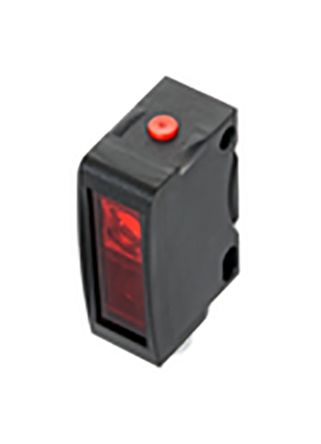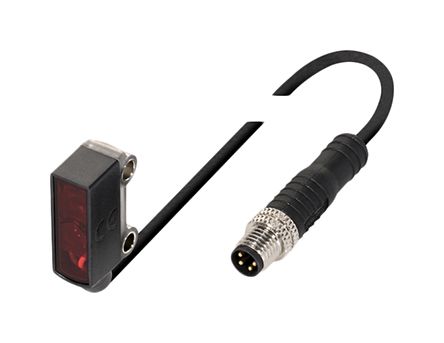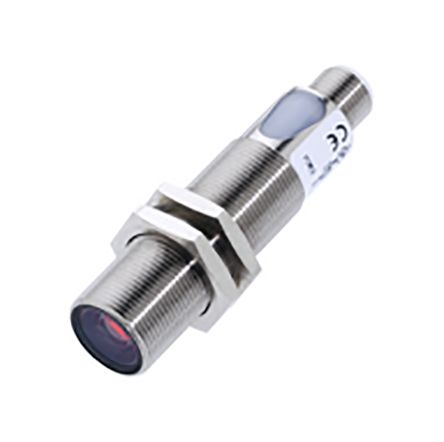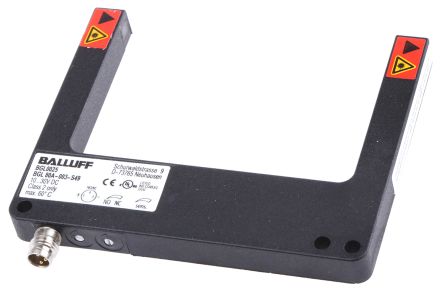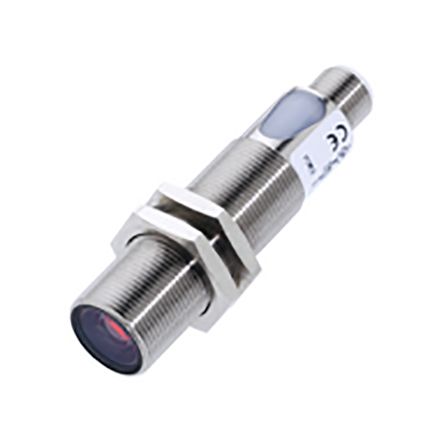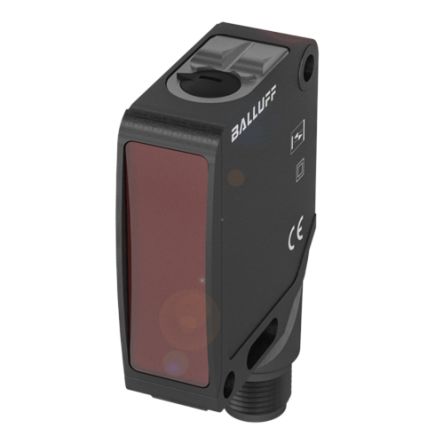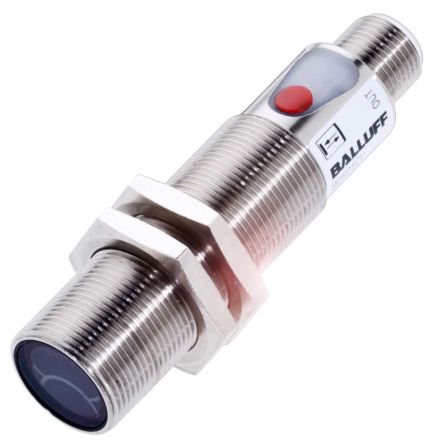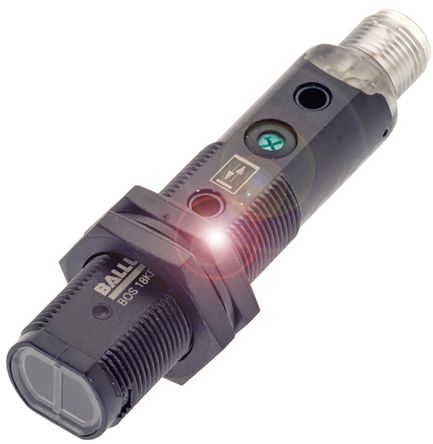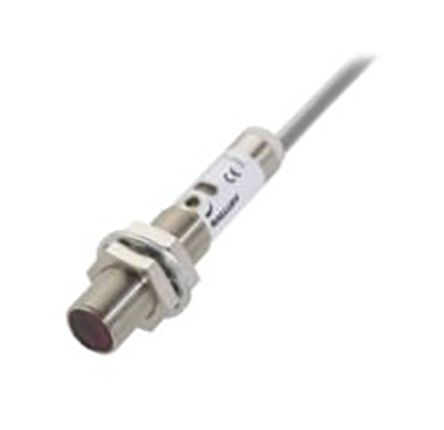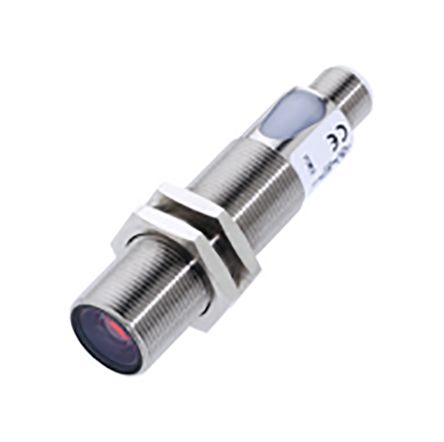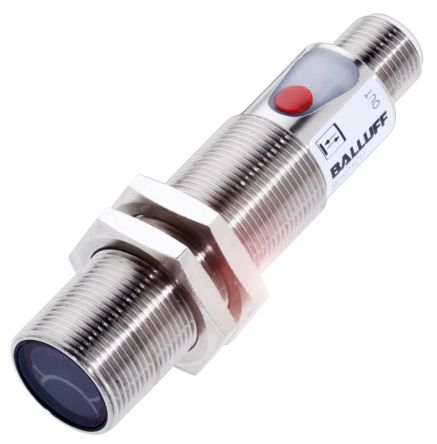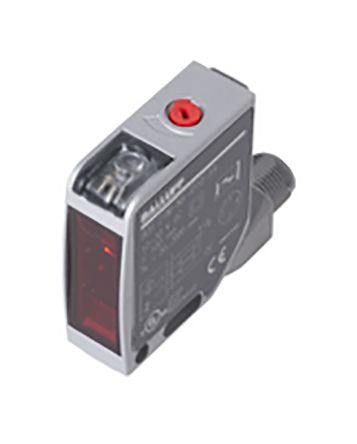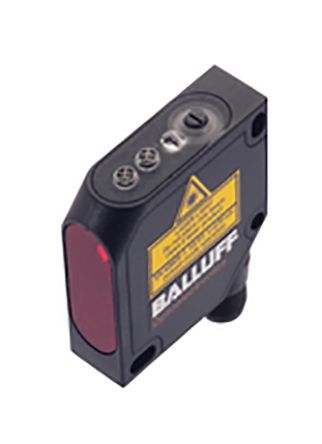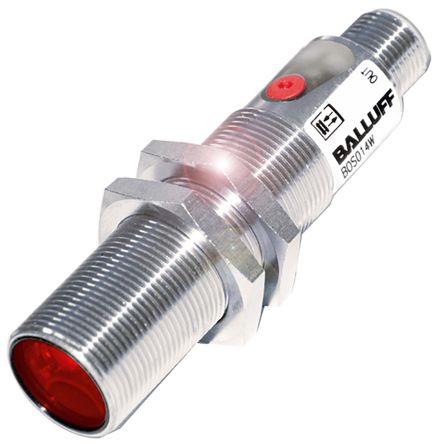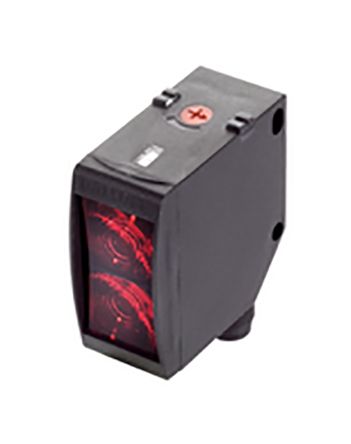- Automation & Control Gear
- Cables & Wires
- Enclosures & Server Racks
- Fuses & Circuit Breakers
- HVAC, Fans & Thermal Management
- Lighting
- Relays & Signal Conditioning
- Switches
- Batteries & Chargers
- Connectors
- Displays & Optoelectronics
- ESD Control, Cleanroom & PCB Prototyping
- Passive Components
- Power Supplies & Transformers
- Raspberry Pi, Arduino, ROCK, STEM Education & Development Tools
- Semiconductors
BALLUFF Photoelectric Sensors
Photoelectric sensors, or photo eyes, detect objects, changes in surface conditions, and other items by utilising different optical properties, such as the amount of light reflected. Most photoelectric sensors use infrared or visible light (typically red, green or blue for colour identification) as their light source. These sensors offer several advantages, including durability, versatility in applications, ease of use, and affordability.
What are Photoelectric Sensors?
The main function of photoelectric sensors is to determine the distance, absence, or presence of physical objects by emitting a field or beam of electromagnetic radiation. An object is detected by measuring alterations in the return signal. This is achieved as sensors have an Emitter for emitting light beams and a Receiver for receiving light beams. There are three main types of photoelectric sensors: through-beam, retro-reflective and diffuse, which vary slightly in the way they function.
Types of Photoelectric Sensors
The basic function of each is to detect the presence or absence of objects or measure the distance to the object. You can learn more in our complete guide to photoelectric sensors below.
Through-Beam Sensors
Through-beam sensors (aka thru-beam) rely on two separate housings, one for the transmitter and one for the receiver. The transmitter provides a continuous beam of light to the receiver. Each time an object passes through the beam, this interrupts the signal between the transmitter and receiver, which in turn causes the receiver to send an electrical signal to the output. Through-beam sensors are suited to long-distance sensing and can detect almost any object, irrespective of colour or angular motion.
Retro-Reflective Sensors
Retro-reflective photoelectric sensors (retro-reflective) have both the transmitter and receiver contained within the same housing but require a reflector opposite the sensor. The reflector bounces the light beam back to the transmitter until an object breaks the beam. Objects which are highly reflective, such as aluminium, require sensors with polarising filters. The filter allows the sensor to acknowledge that the reflected light from reflecting materials is different from the reflector.
Diffuse Sensors
Diffuse sensors (proximity sensors) are easier to install as only one device must be mounted. This is because the transmitter and receiver are contained within one housing. Diffuse sensors use the reflection from the target object within a predetermined sensing range.
The transmitter sends out a continuous beam of light. Once this hits the target, it is diffused in all directions. A part of this light is reflected and recognised by the receiver, which then sends an electrical signal to the output. A special type of diffused mode is background suppression, which enables the user to precisely control the sensing range.
Applications of Photoelectric Sensors
Photoelectric sensors can be used in various settings, some of which include:
- Food Industry: Photoelectric sensors are used in manufacturing and packaging lines within the food and beverage industries. For instance, a bottling plant must align and orient each bottle cap correctly. If there are any positioning errors, the photoelectric sensors detect them, ensuring the smooth operation of the plant.
- Pharmaceutical Industry: Photoelectric sensors are also used in pharmaceutical industry applications, such as the packaging of medicines. During the packaging process, these sensors help prevent issues like empty packaging by detecting the absence of medicine tablets on the production line.
- Packaging Plants: In packaging plants, photoelectric sensors can be used to ensure consistency in the size of each individually packaged item.
- Automotive Industry: When constructing an automobile body, each component must move along the production line and stop precisely at the appropriate station to be welded or processed accurately. Photoelectric sensors detect the proximity of the relevant station, allowing the line to halt and the component to be processed. The high precision of photoelectric sensors also enables them to provide accurate results even when operating around automobile parts with glossy surfaces.
- Doors & Gates: Automatic doors and gates, such as those on buses, trains, elevators, and garages, require reliable sensing technology to open and close at the appropriate times. For automated doors to function correctly, the entire area in front of the door must be within the sensing range. Photoelectric sensors combined with infrared scanners can serve this purpose of detecting approaching people or vehicles.
How to Order Optical Sensors from RS?
No matter what type of optical sensor you need, you can find a suitable option from RS New Zealand’s diverse assortment. Our extensive collection of quality optical sensors includes products from trusted, leading brands such as Banner, Pepperl + Fuchs, and our exclusive RS PRO line. All available at competitive prices, you can be sure to find the perfect sensor for your needs while also getting great value for your money.
**Delivery Information for New Zealand **
To have items stocked locally in New Zealand or Australia delivered the next working day, please place your order before 5 pm NZT and 3 pm NZT, respectively.
RS endeavours to deliver your photoelectric sensors and other orders the next working day between 8 am and 5 pm local time. However, a longer lead time may be expected for some products, including the following:
- Global Stock and Extended Range products.
- Orders containing hazardous materials.
- Items over 20kg, with a cubic weight over 20kg, or longer than 1.5 metres.
Non-core products and deliveries to specific regional areas may also experience extended lead times. For more details or to arrange consolidated delivery, please reach out to Customer Service.
